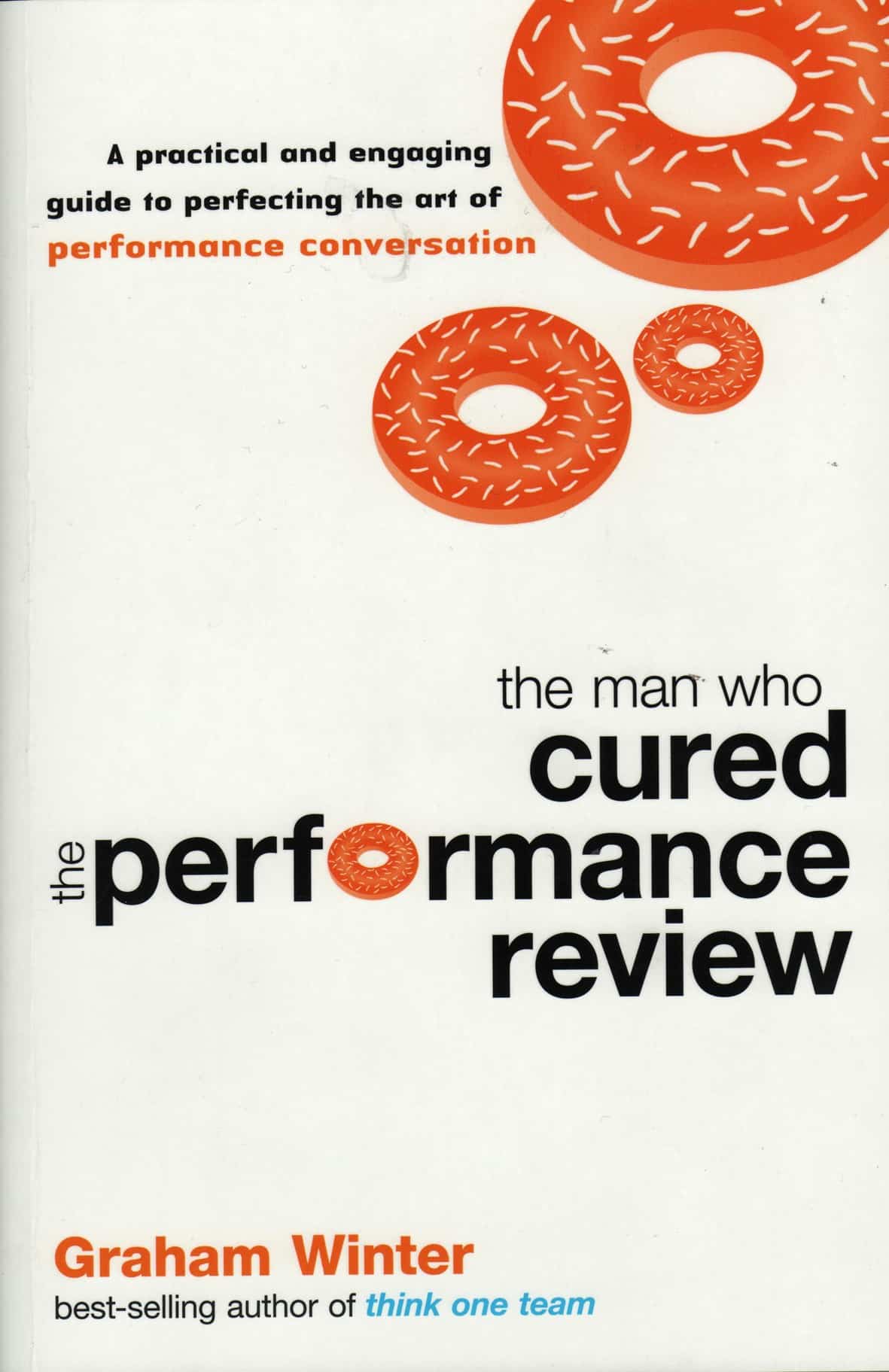Former Tasmanian MP, Paul Wriedt, has provided an Australian Sunday newspaper with a long article that provides the context for her suicide attempt, depression and career implosion. The full article is well worth reading and shows the combination of factors that led to her suicide attempt.
Excessive workload is mentioned several times and, although it is only one of the confluence of factors, the workloads and working hours of politicians remain untreated elements of the health and wellbeing of important social p0licy decision-makers.
If, as many safety advocates profess, safety is led from the top, politicians are doing the safety profession a disservice by not structuring their work environments and schedules to ensure a healthy workplace.
One point is not mentioned in the article. Paula Wriedt is a spokesperson for beyondblue, the most prominent depression-related organisation in Australian. In fact Ms Wriedt is one of the organisation’s recent “ambassadors”.
Beyondblue has advised SafetyAtWorkBlog that the Sunday Herald-Sun article was Ms Wriedt’s own work and that beyondblue was not aware of the article before publication.
The beyondblue spokesperson said that the organisation is expanding its pool of ambassadors which should be of particular interest to those working in the workplace health sector. Ambassadors operate on a volunteer basis and may be eligible for the reimbursement of costs in specific circumstances.
[Hm, voluntary ambassadors lobbying on behalf of a health issue on a voluntary basis. Perhaps the safety profession could offer a similar “outreach program”]
Ms Wriedt was not obliged to mention beyondblue in the article and it is clear that she sees public discussion on depression issues to be one of her own career goals, but it would have been appropriate to mention her relationship, particularly as she is a beyondblue ambassador.


 who was the chief psychologist for the Australian Olympic team and is now an author and business adviser. In August 2009 he has a book released entitled “The Man Who Cured the Performance Review”.
who was the chief psychologist for the Australian Olympic team and is now an author and business adviser. In August 2009 he has a book released entitled “The Man Who Cured the Performance Review”.